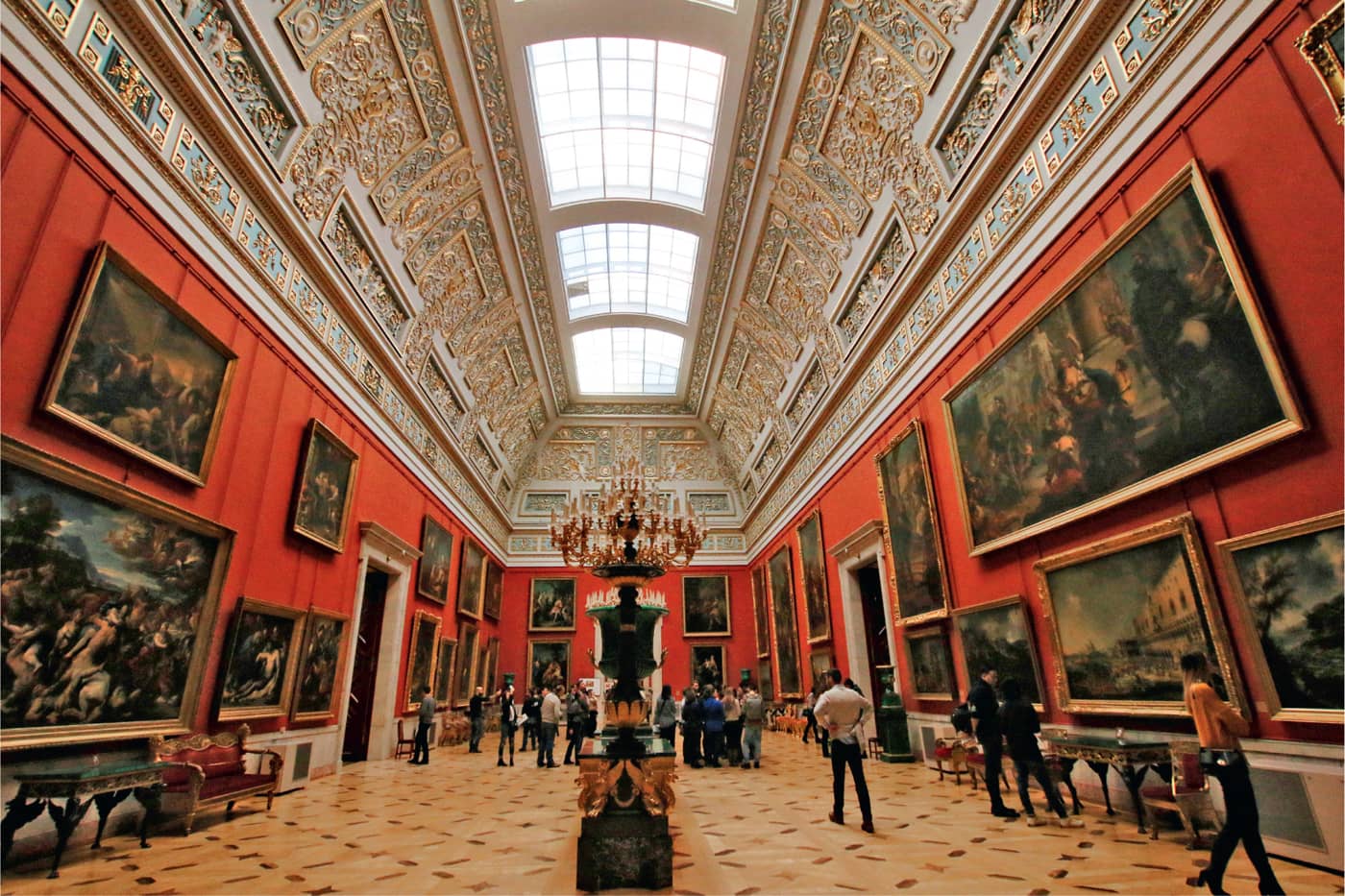83 Space
The dimension of a surface or volume.
In interior design, there are two types of space two-dimensional and three-dimensional. The space of a project is the base canvas on which a designer begins to develop a project. It is by measuring—the area of an element in a project (the two-dimensional length and width of a floor or wall that determines quantities of materials) and the volume of a room (the three-dimensional height that is used for calculations of air flow and circulation, light levels, and structural needs).
Space is also referred to as “positive space” or “negative space.” Positive space contains objects—furniture, fixtures, artwork, and other styling elements, while negative space is the “empty” part of the volume or surface that you are designing. The balance between positive and negative space is an important aspect of the composition of and navigation through a space. If there are too many objects in a room (too much positive space), the resulting design can appear cluttered or visually noisy. This can be used as a design strategy—think of a den, a portrait gallery, or a library where aggregation is part of a collection or curatorial intent. Conversely, a large volume of space containing fewer elements has a sense of calm, and can emphasize the objects in the space (which is a typical minimalist design approach). Open spaces, such as spas and modern museum galleries or residences with an abundance of room, are more successful where light is plentiful.
Often the space of an interior is determined by the existing conditions of a project. The designer can direct decisions about openings in both horizontal and vertical directions with a structural engineer, to access physical and visual connections within a project. Existing structural limitations will influence the intended use of an interior, the number of elements that can be placed within it, and how color and textures affect the perceptions of a surface or volume.

In Diller Scofidio + Renfro’s design for the Broad, an art museum in Los Angeles, the negative space of the gallery is used to improve sight lines, while the more active facade design filters light through a series of positive space apertures.
See Also
Environmental psychology is a branch of psychology that explores the relationship between humans and the external world.
Organizations include the Project for Public Spaces, the Center for Human Environments in New York, and the International Association of People-Environment Studies.

A double-height volume at the Linnaeus Library in Småland brings light deep into the space, and allows visual access to the collection.

In the Large Italian Skylight Hall at the Hermitage Museum in St. Petersburg, Russia, the aggregation of paintings hanging on vibrant walls offers an active viewing pattern.
